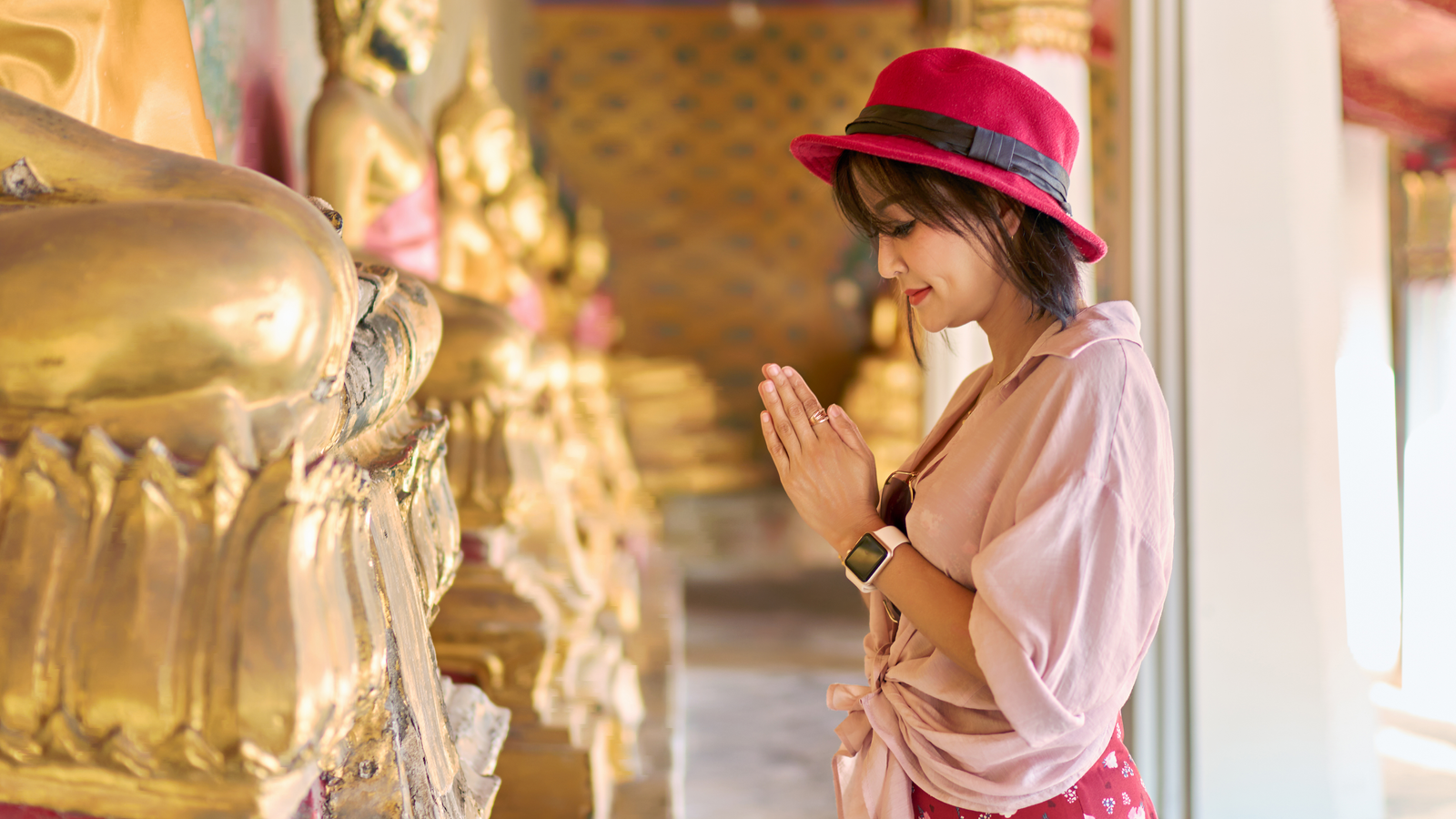Religious Tourism and Pilgrimage Guides: Visiting Iraq’s Holy Sites

✈️ Are you planning a spiritual journey to Iraq’s sacred shrines? Whether you’re a pilgrim seeking blessings or a traveler exploring Islamic heritage, Iraq is home to some of the most revered religious sites in the world. This comprehensive guide covers everything you need to know about visiting Al-Kadhimiya Mosque in Baghdad and Imam Ali Shrine in Najaf, including logistics, historical context, and travel tips for international visitors.
🏆 Why Visit Iraq’s Holy Sites?
Iraq is a cornerstone of Shia Islam, attracting millions of pilgrims annually. The country’s holy cities—Najaf, Karbala, Samarra, and Baghdad—hold deep spiritual significance. Key reasons to visit include:
- Religious devotion – Pay respects at the tombs of Imams and saints.
- Historical significance – Explore ancient Islamic architecture and heritage.
- Cultural immersion – Experience Iraqi hospitality and traditions.
🕌 1. Al-Kadhimiya Mosque (Baghdad)
📍 Location & Significance
The Al-Kadhimiya Mosque, located in northwest Baghdad, is one of the most important Shia shrines in Iraq. It houses the tombs of:
- Imam Musa al-Kadhim (7th Shia Imam)
- Imam Muhammad al-Jawad (9th Shia Imam)
📜 Historical Context: Built in the 8th century, the mosque has undergone several renovations due to wars and invasions. Its stunning golden dome and intricate calligraphy make it a masterpiece of Islamic architecture.
✈️ How to Get There
- By Air: Fly into Baghdad International Airport (BGW).
- By Road: Taxis and private transfers are available from central Baghdad (approx. 30 minutes).
- Security Checkpoints: Expect thorough checks; carry ID/passport at all times.
🛌 Where to Stay
- Budget: Hotels near Kadhimiya (e.g., Al-Safeer Hotel)
- Mid-Range: Bab Al-Moatham Hotel (close to the shrine)
- Luxury: Coral Baghdad Hotel (5-star, 20 min drive)
🕌 Visiting Tips
- Best Time to Visit: Early morning or late evening to avoid crowds.
- Dress Code: Modest clothing (women must wear hijab; men avoid shorts).
- Security: Avoid political gatherings; follow local guidelines.
🕋 2. Imam Ali Shrine (Najaf)
📍 Location & Significance
The Imam Ali Shrine in Najaf is among the holiest sites in Shia Islam, believed to be the burial place of:
- Imam Ali ibn Abi Talib (1st Shia Imam & cousin of Prophet Muhammad)
📜 Historical Context: Founded in 977 AD, the shrine has been a center of Islamic scholarship for centuries. Its golden dome and vast courtyard symbolize spiritual grandeur.
✈️ How to Get There
- By Air: Fly into Najaf International Airport (NJF) (direct flights from Iran, UAE, Qatar).
- By Road: Buses and taxis from Baghdad (approx. 3-4 hours).
- Visa Requirements: Many nationalities require a visa; check Iraqi embassy rules.
🛌 Where to Stay
- Budget: Al-Hayat Hotel (near the shrine)
- Mid-Range: Qasr Al-Dur Hotel (5-min walk)
- Luxury: Million Hotel Najaf (modern amenities)
🕋 Visiting Tips
- Best Time: Arbaeen pilgrimage (huge crowds) or off-peak months (less busy).
- Ziyarat Rituals: Learn common prayers before visiting.
- Safety: Najaf is relatively secure, but stay in well-lit areas at night.
🚗 Travel Logistics for Pilgrims
🛂 Visa & Entry Requirements
- Tourist Visa: Available for many nationalities (apply via Iraqi consulate).
- Pilgrimage Visa: Special permits for religious visits (check with tour operators).
- COVID-19 Rules: Check latest health advisories.
💰 Currency & Costs
- Currency: Iraqi Dinar (IQD)
- Average Daily Budget: $50-$150 (depending on lodging).
- ATMs: Available in major cities.
🚕 Local Transportation
- Taxis: Negotiate fares beforehand.
- Buses: Cheap but crowded.
- Private Guides: Recommended for first-time visitors.
🍽️ Food & Dining
- Must-Try Dishes: Masgouf (Iraqi grilled fish), Dolma, Qeema.
- Halal Food: Widely available.
📜 Historical & Cultural Insights
- Shia Islam in Iraq: Home to major seminaries (Hawzas) in Najaf.
- Persian & Ottoman Influence: Seen in shrine architectures.
- Modern Challenges: Post-war rebuilding efforts continue.
✅ FAQ (Frequently Asked Questions)
❓ Do I need a guide for these shrines?
While not mandatory, a local guide helps navigate rituals and history.
❓ Is Iraq safe for religious tourism?
Yes, Najaf and Karbala are generally safe, but avoid high-risk zones.
❓ When is the best time to visit?
October-March (cooler weather); avoid peak pilgrimage seasons if crowds are a concern.
❓ Can non-Muslims visit these shrines?
Yes, but respect Islamic customs (dress modestly, avoid prayer areas).
❓ How do I get between Najaf and Karbala?
Buses and taxis are available (1.5-hour drive).
🎯 Final Thoughts
Visiting Al-Kadhimiya Mosque and Imam Ali Shrine is a deeply spiritual experience. With proper planning, you can ensure a smooth pilgrimage filled with faith, history, and cultural richness.
📢 Have you been to Iraq’s holy sites? Share your experiences in the comments!
🔗 Bookmark this guide for your next spiritual journey to Iraq!
Discover more from SuqMall
Subscribe to get the latest posts sent to your email.
